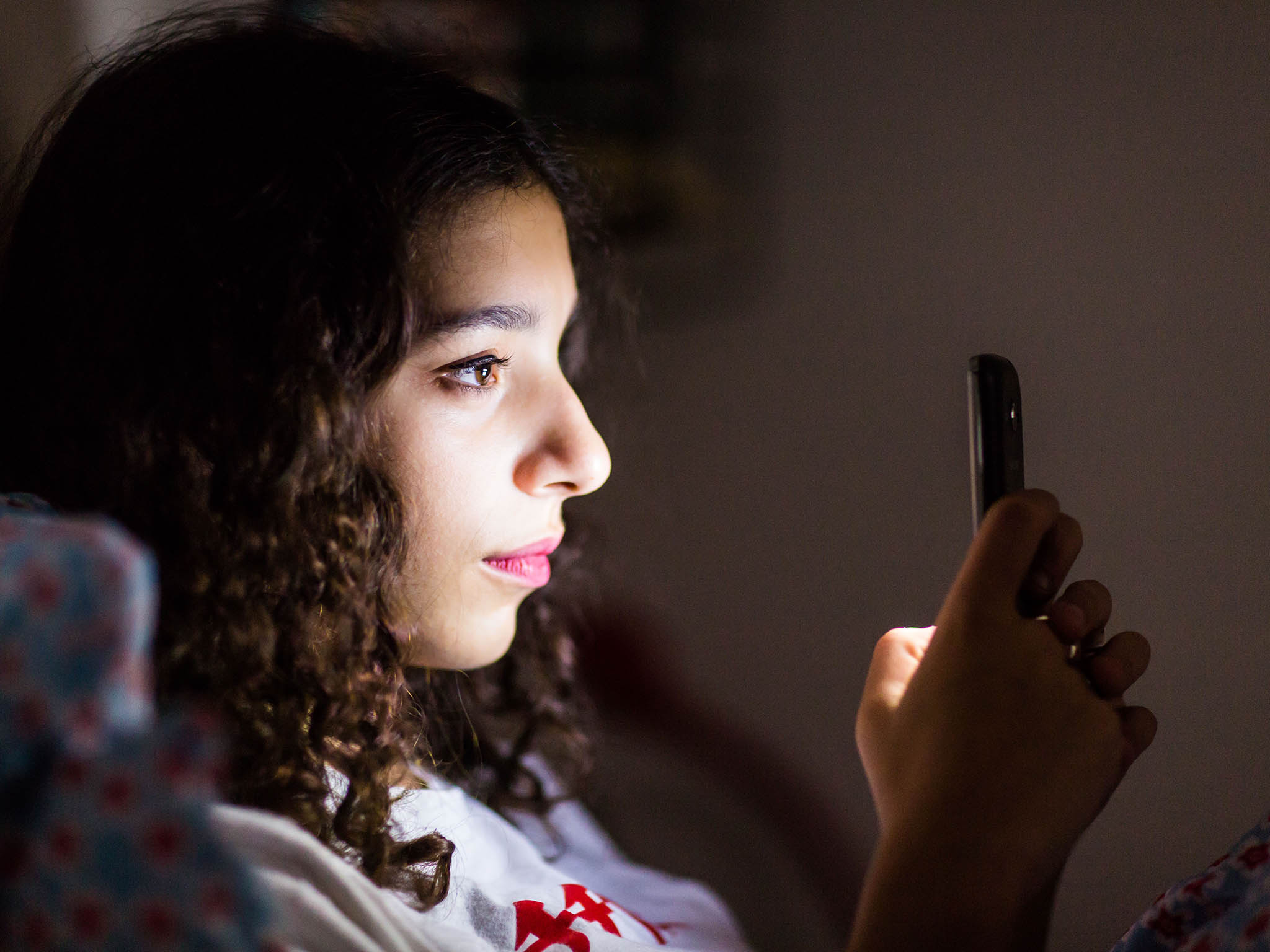How to get a good night's sleep
Study backs up previous research suggesting smartphone use disrupts sleep

A study by US university researchers has added to the growing body of evidence that the greater amount of time people spend staring at screens the more likely they are to have a poor night’s sleep.
Electronic devices such as mobile phones and tablets emit blue light, which signals to the brain to stop producing melatonin – the substance that prepares the body for sleep by tricking the brain into thinking it’s still daylight.
The research, which was published in the journal Plos One, studied the habits of 635 US adults over a period of 30 days and found the median time spent on a smartphone was 3.7 minutes per hour.
They also measured sleep quality over the same period.
Further data collected relating to 136 of the participants showed that longer average screen-time was associated with poor sleep quality.
The researchers estimated that one minute of time on a smartphone or tablet increased the amount of time it took to fall asleep by a minute and a half.
How sleep can save your life
Show all 2Gregory Marcus, co-author of the report by the University of California, San Francisco, said although the findings could not confirm “effect-cause” it demonstrates there was a possible link between smart phone use and poor quality sleep.
The link between mobile phone use and sleep was first proposed in 2008 by researchers from the Karolinska Institute and Uppsala University in Sweden.
Writing in the Frontiers in Public Health last year, sleep expert Professor Paul Gringas said at the time that devices should be designed to emit more melatonin-friendly red and yellow light towards the end of the day.
He said: “Hardware should shift blue and green light emissions to yellow and red as well as reduce backlight/ light intensity”.
Subscribe to Independent Premium to bookmark this article
Want to bookmark your favourite articles and stories to read or reference later? Start your Independent Premium subscription today.

Join our commenting forum
Join thought-provoking conversations, follow other Independent readers and see their replies